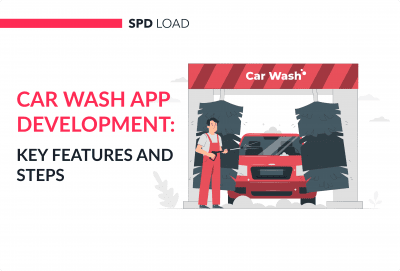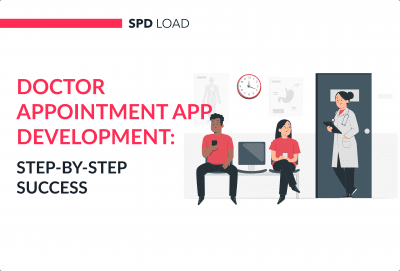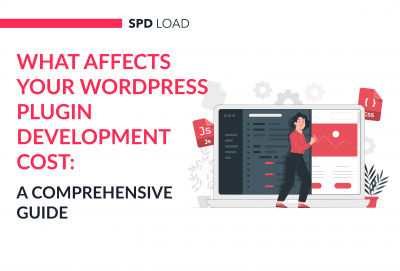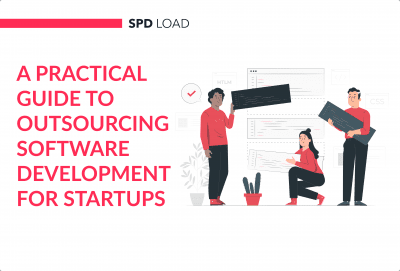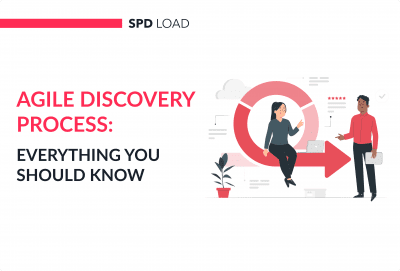How to Calculate ROAS?
- Created: Apr 09, 2024
- 4 min
According to Deloitte’s Annual CMO Survey, in 2023, about 13.6% of a company’s total budget was spent on marketing and market research. This percentage has increased by 3.9% compared to the previous years.
Despite economic uncertainties, many marketers expect their annual budgets to grow.
If you are also planning to increase your ad budget, you need to monitor its performance and efficiency.
This is when our return on ad spend calculator comes into handy.
This brief guide explores everything you need to know about ROAS calculation.
What is ROAS (Return on Ad Spend)?
ROAS, or Return on Ad Spend, is one of the crucial marketing objectives examples that evaluates the effectiveness of digital advertising efforts.
It shows how much money you make for every dollar you spend on advertising.
Here are some key points about ROAS:
- It informs your company and team about the quality and effectiveness of your ad campaign. By tracking ROAS, you gain actionable insights to optimize your ad spend.
- The optimal ROAS can vary based on factors like industry, profit margins, and average cost-per-click (use this tool to calculate cost per click).
Remember, understanding and monitoring ROAS helps you make informed decisions to maximize your advertising impact!
The ROAS Formula
So, how do you calculate ROAS? You can do that using the following formula:
[ROAS = Revenue Attributed to Ad Spend\Advertising Costs]
How to Use the ROAS Calculator?
ROAS is figured out by dividing the money you make from your ads by the money you spend on them.
In simpler terms:
ROAS = Revenue Generated from Ads / Cost of Ads
Let’s say you run an online store selling shoes. You spend $500 on advertising your latest shoe collection. As a result of that advertising, you make $2000 in sales.
To calculate ROAS:
ROAS = $2000 (Revenue Generated) / $500 (Cost of Ads)= 4
This means for every dollar you spend on advertising, you’re getting $4 back in revenue.
Is it a good ROAS? Let’s see.
What is a Good ROAS?
A good Return on Ad Spend (ROAS) varies depending on factors like industry, business goals, and profit margins.
However, as a general guideline:
- A ROAS of 4:1 or higher is often considered successful.
- This means you earn $4 in revenue for every $1 spent on ads.
How Can I Improve My ROAS?
If you’ve calculated your ROAS and you are not happy with the results – do not worry. This is something you can work on.
Improving your ROAS involves strategic adjustments to your advertising efforts.
Here are some actionable steps to enhance your ROAS:
- Refine your target audience.
Focus your audience targeting to reach the people who are most likely to buy from you.
You can utilize segmentation based on demographics, behavior, interests, and location.
You need to exclude irrelevant audiences to avoid wasting ad spend.
- Optimize keywords.
When launching paid search campaigns, focus on high-converting keywords.
Exclude terms that don’t align with your goals – these are called negative keywords.
Make sure you use long-tail keywords – target specific, relevant phrases.
- Pay attention to your ad copy and creatives.
Craft compelling ad copy that resonates with your audience. Use emotional triggers and highlight unique selling points.
Test different ad formats (text, images, videos) to find what works best.
- Optimize your website.
Ensure your website pages are relevant to the ad content. Check out our guide to learn more about increasing website traffic.
Before launching the ad campaign, test website speed, and mobile responsiveness.
- Implement proper conversion tracking to measure success.
Understand attribution models (first-click, last-click, linear, etc.).
Attribute conversions accurately to the right channels.
- Allocate budget to high-performing campaigns.
Pause or reduce spending on underperforming ones. Consider seasonal trends and adjust budgets accordingly.
- Conduct competitor analysis.
If your ads do not perform well, it is time to look at what your competitors are doing. Study their strategies and identify gaps and opportunities to differentiate.
- Test and experiment.
A/B test ad variations, landing pages, and CTAs. Continuously optimize based on data-driven insights.
Remember, improving ROAS is an ongoing process. Regularly analyze data, adapt, and refine your approach to achieve better results!
Explore our SaaS services today
ROAS vs. ACoS
If you are running an e-commerce business, especially using Amazon, you have probably heard of ACoS (Advertising Cost of Sales). Let’s see how that differs from ROAS and which metric you should use.
ACoS focuses on Amazon sellers and measures the efficiency of PPC (Pay-Per-Click) ad campaigns.
It shows you how much you’re spending on advertising to make a sale.
Lower ACoS indicates that you’re spending less on ads relative to the revenue they generate.
ACoS = (Ad Spend / Revenue from Ads) x 100%
If you spend $50 on ads and those ads result in $500 in sales, your ACoS would be 10%. This means for every $1 in sales generated from ads, you spent 10 cents on advertising.
In simple terms, ROAS focuses on how much revenue you’re getting for every dollar spent on ads, while ACoS focuses on the percentage of sales revenue that goes toward advertising costs.
Both are important metrics in assessing the efficiency and profitability of your advertising campaigns.
Try our CPM calculator to measure ad efficiency based on cost per thousand impressions.




